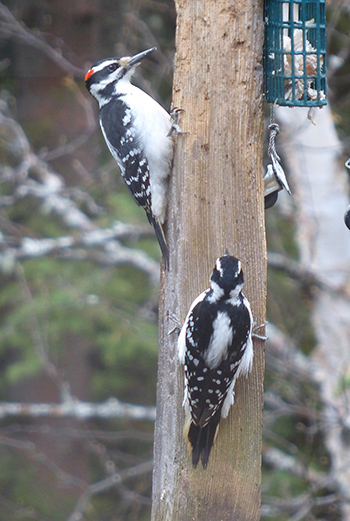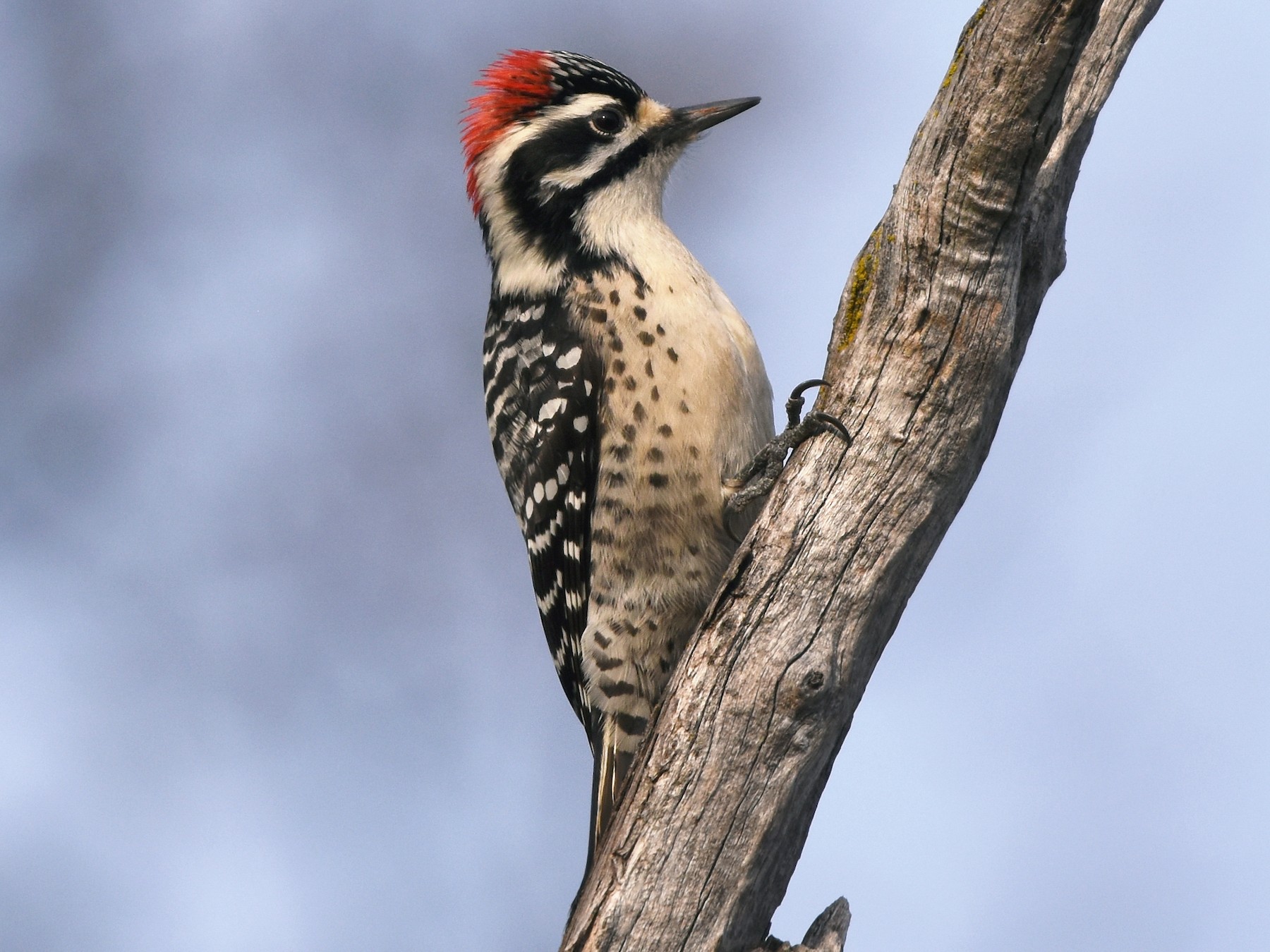Understanding Woodpeckers in Florida: Habits, Species, and Environments
Understanding Woodpeckers in Florida: Habits, Species, and Environments
Blog Article
Discover the Interesting World of Woodpeckers: Everything You Need to Know
The globe of woodpeckers is a world loaded with unique habits, complex adjustments, and a varied selection of varieties. From their environments and distribution patterns to their feeding habits and specialized physiological features, woodpeckers have actually long mesmerized the rate of interest of ornithologists and nature enthusiasts alike.
Woodpecker Habitats and Circulation
In North America, for instance, woodpeckers can be identified in both coniferous and deciduous forests, utilizing their strong beaks to forage for insects and create nesting cavities in trees. In Africa, certain woodpecker varieties have adapted to arid environments, such as the acacia woodlands, where they play a vital function in regulating insect populaces.

Feeding Behaviors and Diet Plan
Woodpeckers use their solid beaks to pierce into the bark of trees, penetrating for pests and larvae hidden under the surface. In addition to pests, woodpeckers also consume nuts, seeds, fruits, and sap.
Woodpeckers are understood for their drumming actions, which serves not just to interact with other woodpeckers but also to locate food. The fast drumming sound is created by the bird pecking on powerful surface areas like dead trees or metal posts. This habits can attract insects concealed in the wood, permitting the woodpecker to find their existence and eat them.
One-of-a-kind Adjustments for Tree Climbing
In their adept quest of pests concealed within tree bark, woodpeckers have actually developed exceptional physiological attributes that outfit them with one-of-a-kind adaptations for reliable tree climbing. Among the essential adjustments is their zygodactyl feet, with 2 toes aiming forward and 2 aiming backward, supplying a solid grip on tree trunks. This specialized foot arrangement enables woodpeckers to hold on to upright surfaces effortlessly, allowing them to go up and down trees with agility. Furthermore, woodpeckers have stiff tail feathers that work as a helpful prop while they climb up, aiding in balance and stability. Their strong, chisel-like beaks are not only useful source utilized for exploration right into timber but also for gripping onto bark as they rise tree trunks. Moreover, woodpeckers have strong neck muscles and an one-of-a-kind head framework that soak up the effect of constant pecking, enabling them to climb up vertically without creating injury to their brains. These adjustments showcase the amazing transformative layout that Click This Link allows woodpeckers to browse trees with accuracy and effectiveness.
Diverse Woodpecker Types Worldwide
With over 200 various species spread out throughout different habitats worldwide, the family members of Picidae encompasses an impressive variety of woodpeckers. These birds can be found in forests, timberlands, savannas, and even urban areas, showcasing their versatility to various atmospheres. From the iconic Northern Flicker in North America to the colorful and evasive Crimson-backed Flameback in Asia, each woodpecker varieties exhibits special features in terms of tuft, habits, and habitat choice.
Woodpeckers vary substantially in dimension, with the petite Downy Woodpecker measuring around 6-7 inches in size, while the powerful Lineated Woodpecker can reach up to 17 inches - Woodpeckers in Florida. Their beaks additionally come in various shapes and dimensions, mirroring their feeding habits. Some varieties specialize in extracting insects from tree bark, like the Acorn Woodpecker, while others, such as the Black-cheeked Woodpecker, feed on fruits and seeds

Preservation Efforts and Difficulties
Conservation campaigns for woodpecker populations are crucial in reducing the influence of environment loss and other dangers dealing with these varied avian types. Woodpeckers face different difficulties to their survival, mostly due to logging, urbanization, climate adjustment, and intrusive types. To address these issues, conservation initiatives concentrate on protecting and bring back woodpecker habitats, applying sustainable forestry methods, and elevating awareness about the value of these birds in ecosystems.
One substantial obstacle in woodpecker conservation is the fragmentation of their useful link habitats, bring about isolated populaces that are much more susceptible to termination - Woodpeckers in Florida. Preservationists function to produce wild animals corridors and shielded locations that connect these fragmented environments, allowing woodpeckers to move between different locations for feeding, breeding, and shelter

Conclusion
In verdict, woodpeckers are interesting birds with special adjustments for tree climbing and feeding habits. They can be found in diverse environments worldwide, encountering preservation obstacles due to habitat loss and human tasks. Recognizing their environments, diet regimens, and actions is essential for conservation initiatives to shield these vital bird species. More study and conservation actions are needed to make certain the survival of woodpeckers in the wild.
Report this page